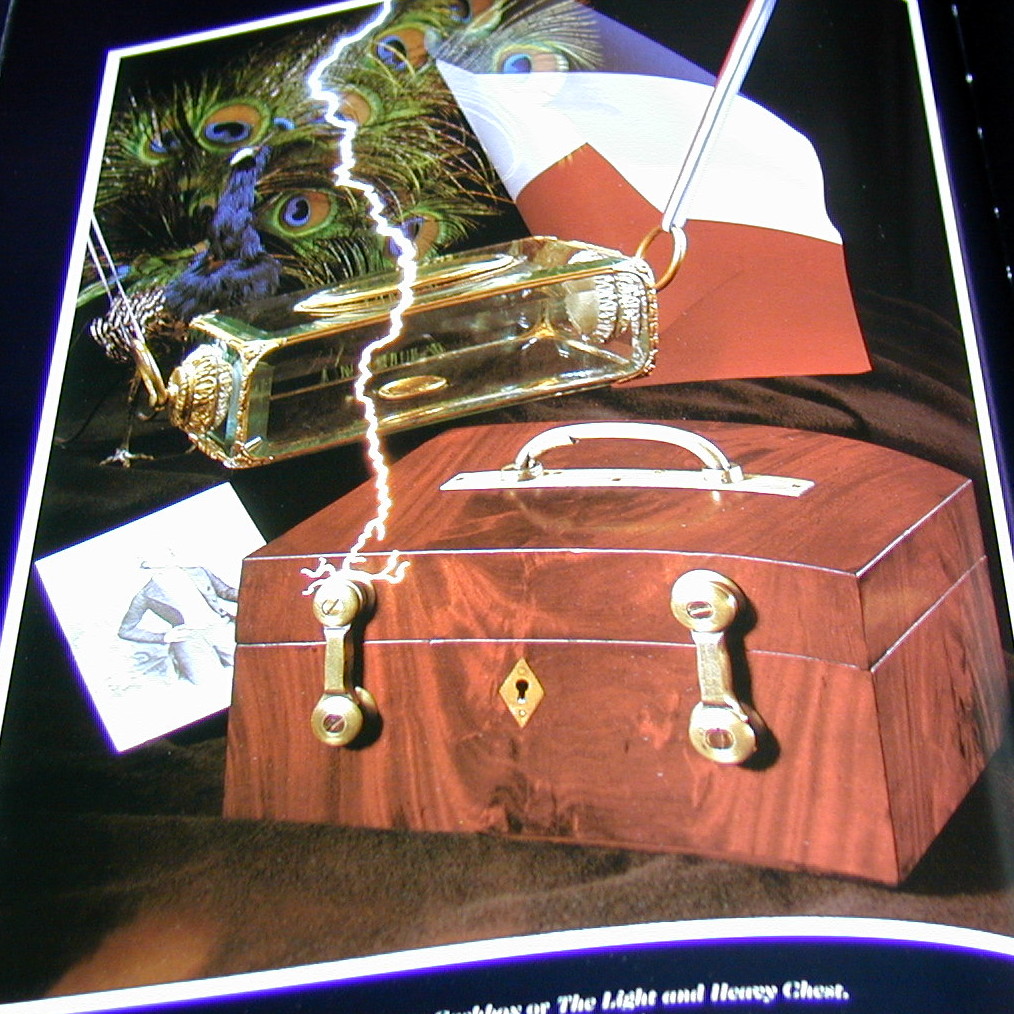



I will argue that in many ways colonial audiences were ‘ahead’ of their metropolitan brothers and sisters in their spectatorship of spectacular entertainments. I will use colonial modernity to challenge the usual avant-gardist assumption that innovation or reaction to historical change begins at the centre and spreads to the periphery. Using case studies, I will discuss how the circus was central to Colonial Modernity. As they developed in the Australian colonies, spectacular attractions - with their key 'circus' tropes of the exaggerated body of the acrobatic clown, mechanical ingenuity and illusion, and audience awe and wonder - were central to this perpetual demonstration of ‘The New’. The desire to take part in the latest innovations in entertainment had a particular urgency for colonial spectators on the frontier, who acutely felt the experience of being a long way from the metropolitan centres. One of the words most commonly used in the many advertisements and playbills for spectacular attractions in the Australian Colonies was ’novelty’.


 0 kommentar(er)
0 kommentar(er)
